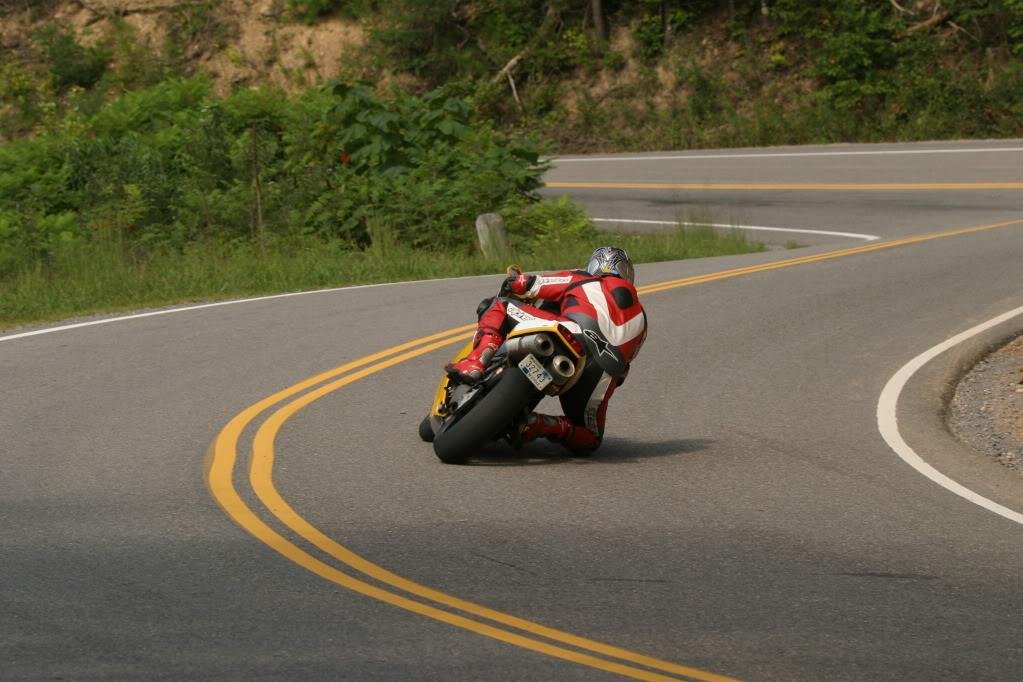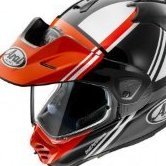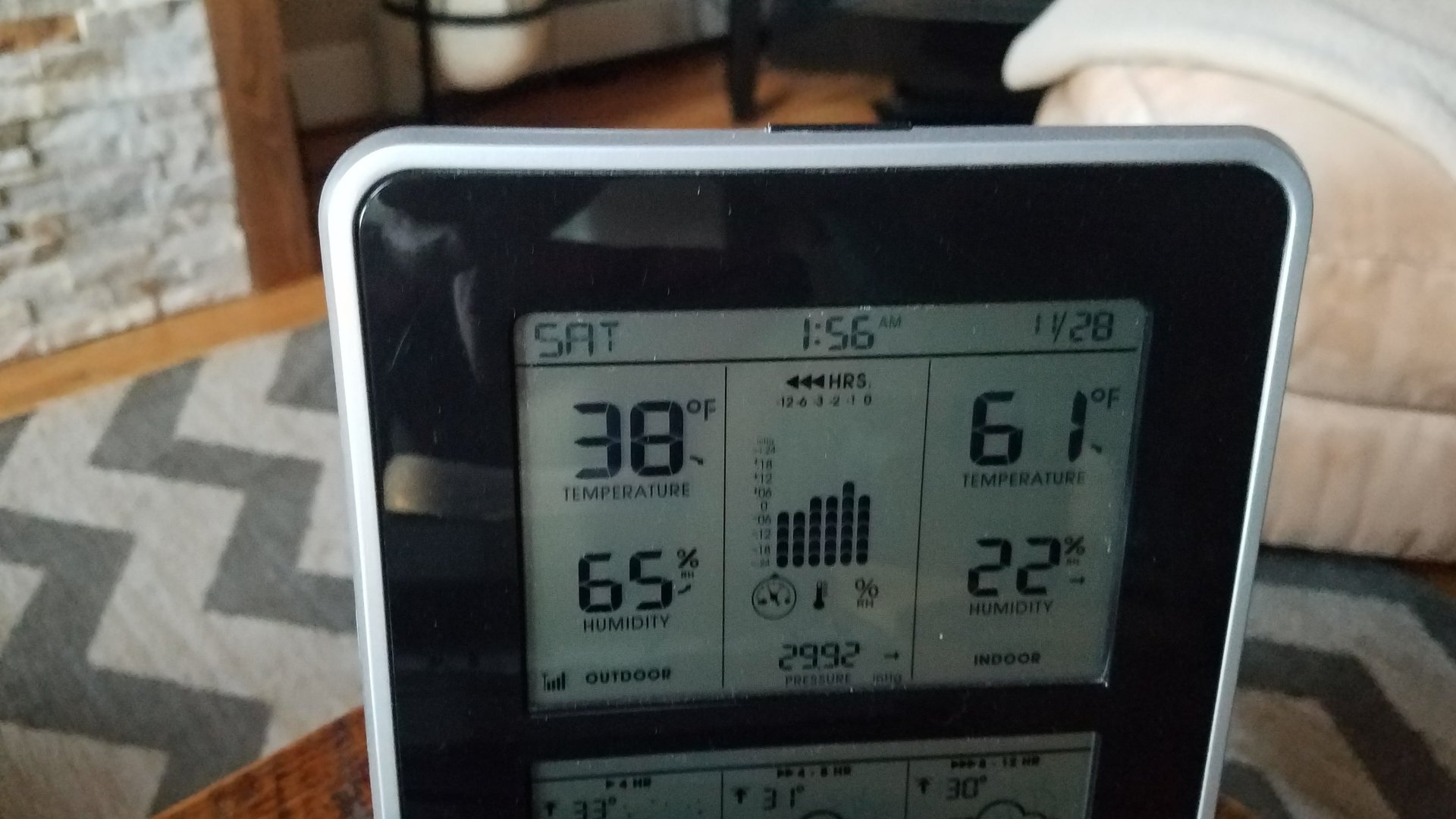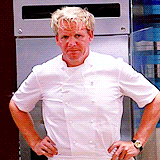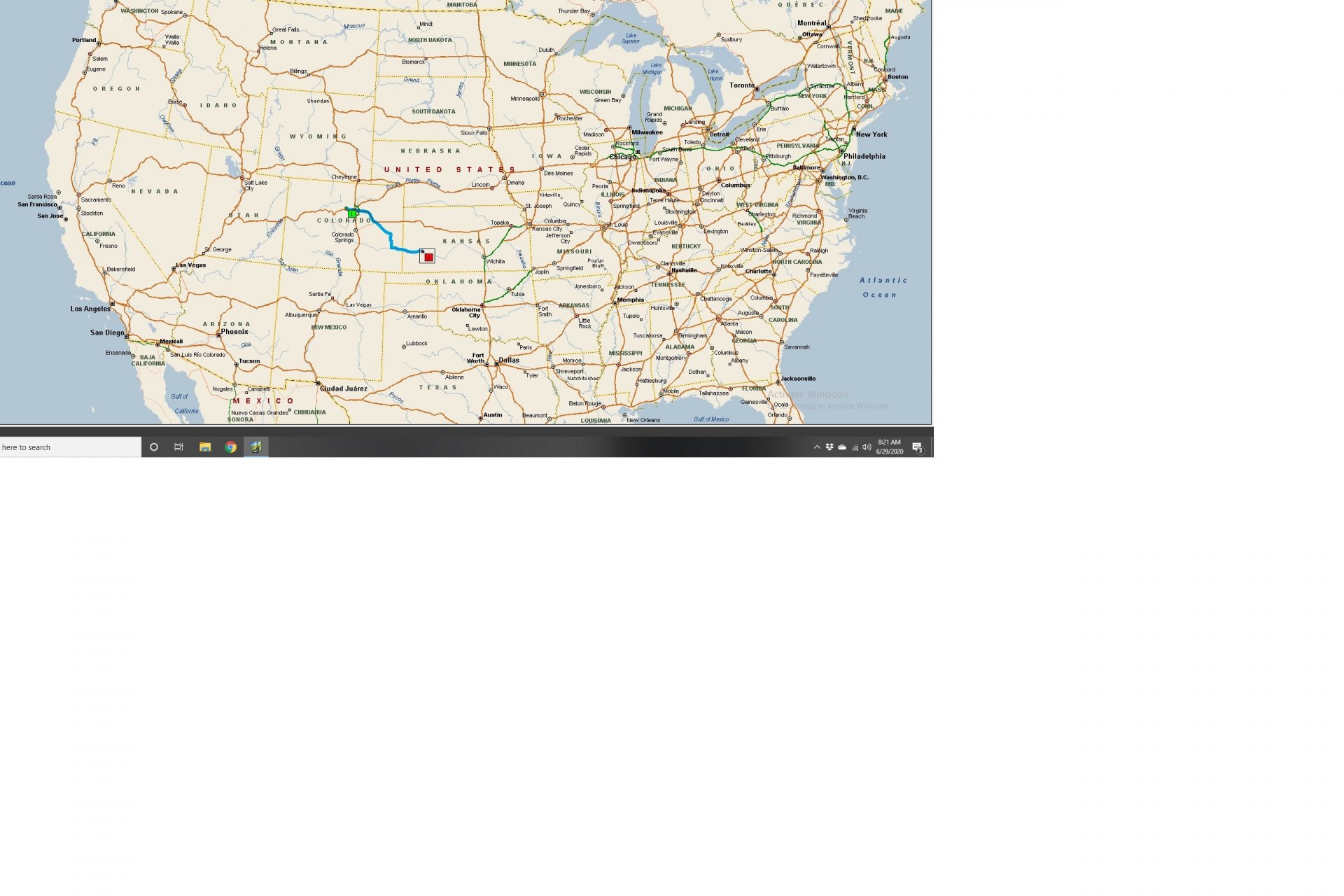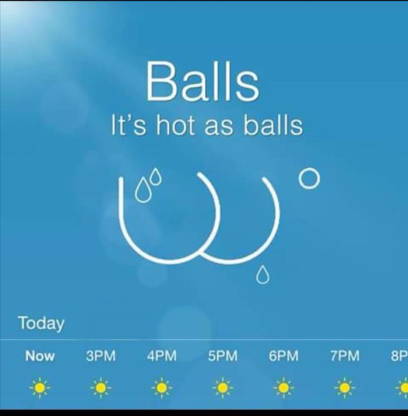-
Posts
2,772 -
Joined
-
Last visited
-
Days Won
86
Content Type
Profiles
Forums
Events
Everything posted by Earache
-
No - there's not really any towns of any kind; inhabited or abandoned out here. Just grass fields for miles upon miles. I rode a stretch of 200 miles and I think I was next to the same field the entire time.
-
But I made it - now sitting in my deeeeluxe hotel room at the Marriott with the air con switched to "freeze" and enjoying the magnificent view outside my room...
-
And now the real fun begins; Kansas has about 2 road turns in the entire state, more State Troopers than you can shake a stick at and it's now 95 out. Great riding!
-
-
Finally pull into Lamar, CO for some fuel. Saw what had to be the biggest steam train ever . I'm 6'1" tall and the wheels were as tall as me....
-
Only thing other than dry grass for miles is some windmill generators in the distance. Good place for them as the wind was a steady 40 mph all day today....
-
Hour or so later and I pull off the highway onto some dirt. Was gonna check out the trees, lakes and mountains - but there aren't any! Welcome to the eastern 1/3 of Colorado - whole lotta nuthin'....
-
Couple of hours later and I'm at my first truck stop of the day getting fuel. Starting to warm up as well....
-
Up at the crack of 8:30 this morning and started packing the bike for a ride to Garden City, Kansas. There was a nip in the air though (ignore the date and time - I dunno hopw to set those). Stopped on the way outta town and looked back at Interstate 70....
-
Frequently. When we get home at night from dinner or whatever, the wife doesn't waste a lot of time between the car and the front door. I won't call her a chickenshit to her face though.
-
Can't leave McDonald's wrapppers in your car or anything with a smell or these guys will rip the doors off to get in. Bastids!
-
Guy up the street from me left his garage door open last night and had a visitor open up his garage refrigerator for a snack. His bikes were okay though
-
And it is a cockpit, so...
-
-
That is spectacular! On my list to visit when in the UK next.
-
Definitely warm out there.
-
Well shit. Now I gotta buy a T700.
-
True. At least it's downhill the whole way to Kansas. But all uphill coming home?
-
-
On Wednesday, I'm riding to Kansas. It'll be about 4C when I leave home and around 40C when I get to my destination in Kansas; pretty big temperature swing.
-
That sounds pretty cool - good destination for next time.
-
Nice little vid - looks a bit dry there though. Like the old buildings, too.
-
I'd be afraid to ride across town on a Guzzi....at any age.
